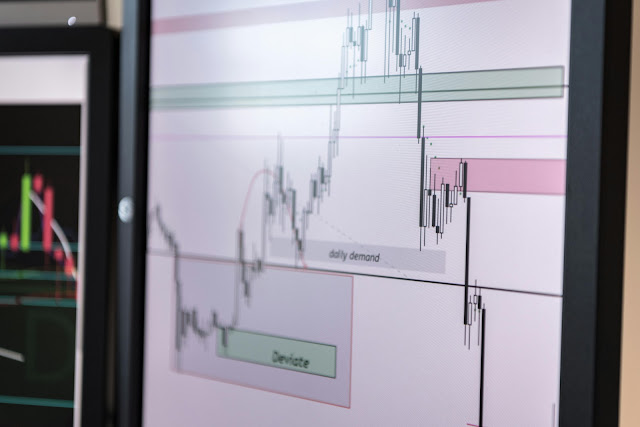The Australian Dollar (AUD) showed resilience on Friday, edging higher after China left its key lending rates unchanged. Meanwhile, the US Dollar (USD) weakened further as investors awaited the US Federal Reserve’s Monetary Policy Report and monitored rising geopolitical tensions in the Middle East.
China Keeps Loan Prime Rates Steady
The People’s Bank of China (PBoC) maintained its one-year and five-year Loan Prime Rates at 3.00% and 3.50% respectively, offering some support to the Aussie, which often reacts to economic signals from China — Australia’s top trading partner.
China’s retail salesindustrial production
US Dollar Under Pressure Amid Geopolitical Risks
The US Dollar Index (DXY) slipped to around 98.60 as of Friday, pressured by a wave of investor caution. Rising fears of potential US military involvement in the ongoing Israel-Iran conflict fueled demand for safe-haven alternatives, pushing the greenback down.
US intelligence reports suggest that Iran may shift toward building a nuclear weapon if provoked by direct military actions from the US or Israel. Meanwhile, President Donald Trump is reportedly weighing strike options on Iran, with a decision expected within two weeks.
“US officials prepare for possible strike on Iran in coming days,” Bloomberg reported, citing unnamed sources.
Statements from the G7 have reinforced the stance that “Iran can never have a nuclear weapon,” urging diplomatic solutions but not ruling out intervention.
Fed Holds Rates, Market Awaits Policy Guidance
The US Federal Reserve held its benchmark interest rate steady at 4.5% during its June meeting, as expected. However, the FOMC maintained its projection for up to 50 basis points in rate cuts by the end of 2025. Fed Chair Jerome Powell emphasized that future decisions would be “data-dependent,” particularly on inflation and employment.
The Fed’s Monetary Policy Report, due later today, is expected to provide more clarity on rate trajectory. Investors are closely watching whether the Fed will maintain a cautious stance or hint at an earlier-than-expected policy shift.
Australian Labor Data Mixed
Back home, Australia’s latest employment figures presented a mixed picture. The Australian Bureau of Statistics reported a decline of 2,500 jobs in May, after a revised 87,600 job gain in April. The unemployment rate remained steady at 4.1%, in line with forecasts.
Technical Outlook: AUD/USD Tests Key Levels
The AUD/USD pair is trading around 0.6480 on Friday, attempting to regain upward momentum. The 14-day Relative Strength Index (RSI) remains just above 50, hinting at a strengthening bullish bias, though the pair is still trading below the nine-day Exponential Moving Average (EMA) of 0.6492.
- Resistance: 0.6492 (nine-day EMA), 0.6552 (seven-month high), 0.6687, 0.6760 (upper channel)
- Support: 0.6436 (50-day EMA), 0.5914 (multi-year low from March 2020)
A sustained move above the EMA could reinforce a bullish breakout, while a drop below 0.6436 may bring further downside pressure.
Key Drivers of the Australian Dollar
The performance of the Australian Dollar is influenced by a number of factors:
- Interest Rates: Decisions by the Reserve Bank of Australia (RBA) impact the AUD directly.
- Commodity Prices: As a resource-rich country, Australia’s export earnings — particularly Iron Ore — are closely tied to its currency.
- China’s Economy: Being Australia’s largest trading partner, China’s economic health plays a key role.
- Domestic Economic Data: GDP growth, inflation, and employment figures can sway sentiment.
- Global Risk Appetite: The AUD often rises during “risk-on” market conditions and falls during periods of risk aversion.
Stay updated with our daily market coverage and currency outlooks for expert analysis and timely financial insights.
















